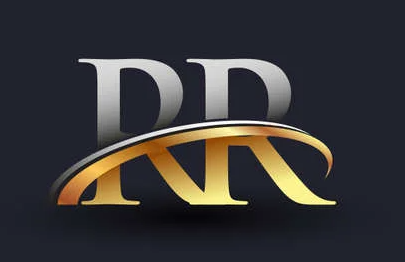BEEE LAB VIVA QUESTIONS
- SI Unit of resistance is ohm
- SI unit of charge is coulomb
- SI Unit of current is ampere
- Unit of voltage is volt
- Unit of power is watt
- Unit of electrical energy is watt hour or unit
- Instrument used to measure current is ammeter
- Instrument used to measure voltage is voltmeter
- Instrument used to measure power in wattmeter
- Instrument used to measure electrical energy is energy meter
- Instrument used to measure resistance is ohm meter
- The property of the material which opposes the flow of electric current is resistance
- The flow of electron in a circuit is called current
- The potential difference between any two points in a circuit is called voltage
- The product of current and resistance is called voltage
- The product of current and voltage is called power
- Rate of electrical work done is called power
- Total amount of electrical work done is electrical energy
- Resistance is directly proportional to the length of the conductor
- Resistance is inversely proportional to area of cross section of the material
- The material which does not allow current to flow through it is called insulator
- The material which allows current to flow through it is called conductor
- The material whose conductivity is in between conductor and insulator
- When two resistance r1 and r2 are in series then the equivalent resistance is req= r1+ r2
- When two resistance r1 and r2 are in parallel then the equivalent resistance is 1/req= 1/r1+ 1/r2
- Unit of magnetic flux is Weber
- Total number of magnetic field lines in a magnetic field is called magnetic flux
- The ratio of flux by area is called magnetic field
- Opposition to the flow of flux is called reluctance
- Unit of self inductance is Henry
- Unit of capacitance is farad
- Motor converts electrical energy to mechanical energy
- Generator converts mechanical energy to electrical energy
- Frequency of AC in India is 50Hz
- In pure resistive circuit current is in phase with voltage
- In pure capacitive circuit current leads the voltage by 90 degree
- In pure inductive circuit current lags voltage by 90 degree
- Inductive reactance is given by Xl=ωL
- Capacitive reactance is given by Xc=1/ωC
- Cosine of the phase angle between current and voltage is called power factor
- Power factor in a circuit is improved by connecting capacitor in the circuit
- Voltage in three phase AC supply is 440 V
- In three phase system voltages are displaced by 120 degree
- Transformer works on the principle of mutual induction
- DC generator works on the principle of dynamically induced emf
- Electric choke is an example for self induced emf
- Lenz law is used to find the polarity of induced emf
- Starters are required to limit the heavy starting current
- MCB means master circuit breaker
- Fuse is connected in series with the appliance to protect it from heavy current
- Fuse wire is made of lead-tin alloy
- HRC fuse means high rupturing capacity fuse
- SPDT means Single pole double throw switch
- SPST means Single pole single throw switch
- DPDT means Double pole double throw switch
- TPST means triple pole single throw switch
- ELCB is used to prevent earth leakage current
- Earthing brings the electrical equipment to zero potential
- In earthing GI wire is used to connect the equipment to earth
- Cell converts chemical energy to electrical energy
- Battery is a group of cells
- In lead acid battery anode is made of lead peroxide
- In lead acid battery cathode is made of lead
- In lead acid battery electrolyte is sulphuric acid
- In fully charged lead acid battery voltage is 2.7V
- In discharged lead acid battery voltage is 1.8V
- Intrinsic semiconductor are pure semiconductors
- Silicon and germanium are pure semiconductors
- Examples of Pentavalent impurities: arsenic bismuth phosphorus
- Examples of trivalent impurities are :gallium indium boron
- Process of adding an impurity is called doping
- When Pentavalent impurity is added to pure semiconductor n type semiconductors are formed
- When Trivalent impurity is added to pure semiconductor p type semiconductors are formed
- In n type electrons are the majority carriers
- In p type holes are the majority carriers
- In n type holes are minority carriers
- In p type electrons are minority carriers
- Barrier potential of silicon diode is 0.7 V
- Barrier potential of germanium diode is 0.3 V
- Diode is a unidirectional device
- Rectifier converts AC voltage to pulsating DC
- Full wave rectifier conducts for both the half of the AC cycle
- PN junction diode is used as a Switch ,rectifier .
- Transistor is used as a switch in the saturation and cut off regions
- Transistor is used as an amplifier in the active region
- Transistor is a current controlled device
- Diode is a unidirectional device
- Transistor is a current controlled device
- The three terminals of Transistor are namely emitter ,base and collector
- LED means light emitting diode
- UPS means uninterrupted power supply.
- IC means integrated circuits
- The output of OR gate connected to input of NOT gate results in NOR gate
- The output of AND gate connected to input of NOT gate results in NAND gate
- OR gate performs logical addition operation
- AND gate performs logical multiplication
- NOT gate is known as inverter
- LED converts electrical energy to light energy
- Free electrons are responsible for conduction


